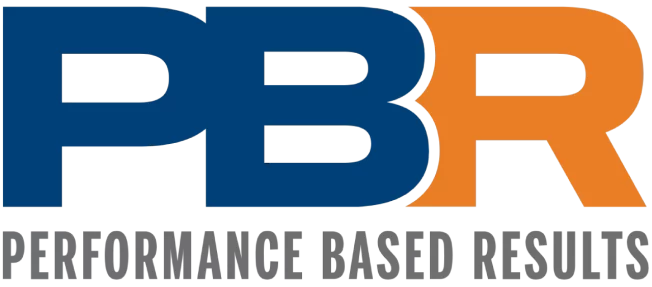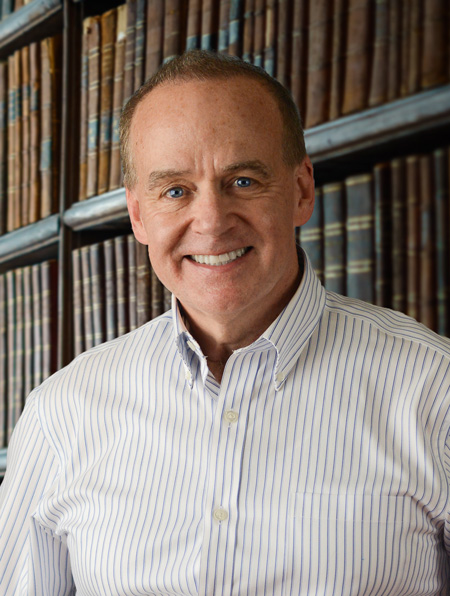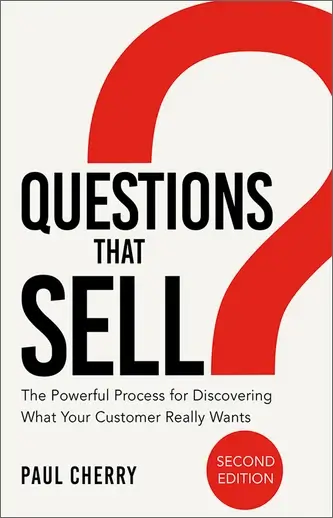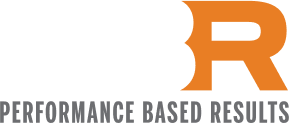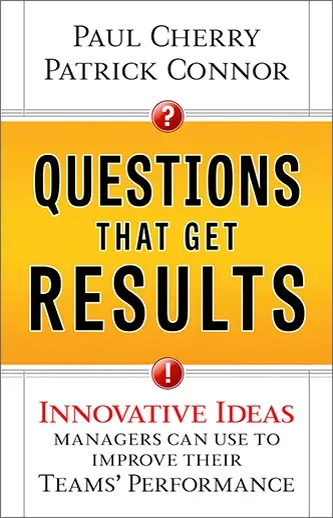The following article is an excerpt from my latest book, The Ultimate Sales Pro, which will be published by HarperCollins Leadership, and is scheduled to be released in August 2018.
How high should you aim in your sales career?
Nobody but you can answer that question. But the critical thing is to ask it.
In my many years working with salespeople, I’ve encountered several who are happy with where they are. I applaud them. But I’ve also encountered many who haven’t really given the issue serious thought. Their goals don’t extend much beyond the end of the quarter or the end of the year. “I’m too busy with the here-and-now to worry much about the future,” they tell themselves. “I’ll deal with it when it gets here.”
The problem with that approach is that short-term goals become a stand-in for long-term goals. And short-term goals are small goals.
I believe that most people can achieve far more than they think possible. And I’m not just talking about money. I’m talking about a career that allows you to live the kind of life you want, do the work you want to do, and make the most of your skills.
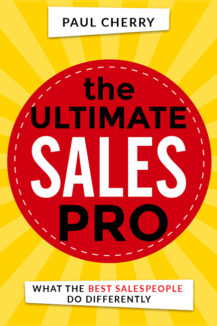
So dream big
Right now, take fifteen minutes. Silence your phone. Find a quiet place. And write down your dreams. The dream you keep hidden. The one that people would laugh at if they knew. The one you’ve told yourself is out of reach.
It’s hard, isn’t it? The gap between where we are and where we want to be is not a comfortable place to be. It’s tough enough to keep up with our day-to-day responsibilities. Admitting that we want more can feel overwhelming. We think of a million reasons why we can’t get there. We’re not in the right job. We don’t have the right skills. We didn’t go to the right school. We don’t have the right connections. We need to put food on the table. And if we’re really honest with ourselves, we’ll admit that we don’t want to try and fail.
I know. I’ve aimed high, too. And I’ve failed more times than I can count.
But, I’ve learned, there are two ways to fail. One sets you back. Another moves you forward. And the only way you can fail forward is to know what you’re aiming for. As I approached my thirty-fourth birthday, I had a lot to feel good about. I’d been in sales for ten years. Like most salespeople, I’d had some big successes and some rough patches. But overall, I was doing well. I knew how to earn a good living, and my future looked solid.
But solid was not a word that filled me with excitement. As I looked forward to the next thirty years or so, was this the path I wanted to follow? Or would it simply be a path I happened to follow?
I’d always been intrigued and inspired by great motivational speakers—people like Zig Ziglar, Brian Tracy, Wayne Dyer, Tony Robbins. At the time, I was selling things. These people were selling ideas—ideas that made a difference in people’s lives.
What a great way to make a living, I thought.
It’s easy to talk about pursuing your dreams, but the reality is that there’s considerable risk involved. The speaking and personal-development industry was huge. But I had no experience or credentials, apart from one public-speaking course in college and a few speeches I made when I belonged to Toastmasters. Was I really willing to move away from my comfortable sales career into uncharted territory? Wasn’t I taking an awful risk?
Yes, I was willing. But I did want to minimize my risk.
TAKING STOCK
So I took four steps, which I recommend to anyone who’s contemplating a big change in their career or in their life.
STEP 1: I finally got honest with myself about what I wanted. I had to think long and hard about whether this was a goal I really wanted to achieve. It was going to be hard, no doubt. Was the dream worth it? My gut told me it was. Nothing else I could imagine measured up to the idea of running my own business, selling what I believed in, and working with customers of my own choosing.
STEP 2: I had to silence that critical voice in my head. You know, the one that says, “Who do you think you are?” This is not the voice of caution and reason. It’s the voice we hear, starting when we were kids, from parents, teachers, friends, family, ourselves. It has nothing to do with your actual abilities or the odds of succeeding. It’s the voice that says wait your turn, don’t stick your neck out, and don’t get too big for your britches.
STEP 3: I made an honest inventory of the skills and knowledge I currently possessed and considered how I could apply them to my big goal. In other words, I recognized that I wasn’t starting from zero.
Selling skills? Check. They would certainly give me a leg up when it came to finding and closing speaking opportunities.
Presentation skills? Check. My experience with customers had taught me how to distill complex ideas and information into a compelling message, and how to connect them to the needs and wants of an audience.
Subject-matter expertise? Check. I’d been selling for a decade, and I could speak credibly to the challenges that other salespeople faced.
STEP 4: I made an inventory of what else I would need to succeed in this new career. For example, I needed a body of knowledge, something more substantial than war stories and lessons learned from my own experience. And I needed a brand behind me. Eventually my goal was to be my own brand, but at that point, nobody knew who Paul Cherry was. I needed a credential to give people confidence.
Here’s what this exercise allows you to do: It allows you to paint a clear picture of where you want to be and chart a clear path for getting there. And that allows you to evaluate opportunities not only in terms of what they offer in the near term, but whether they move you forward to your ultimate goal.
An Example
Let me offer an example to demonstrate the principle. As I was thinking about how to reach my own big dream, I learned that Dale Carnegie was hiring salespeople.
If I hadn’t gone through the exercise of setting a big goal and identifying what would help me get there, that probably wasn’t an opportunity I would have pursued. It might have seemed to be an intriguing sales job and not much more. And if I were only thinking about the short term, it looked like a step backward. It was 100 percent commission. It offered no preexisting customer base. No flow of prequalified leads.

In fact, I did go backward at first. I made $19,000 my first year—not much for a sales job, even back then, and a serious pay cut from what I’d been making.
I gave up my comfortable sales job because the inventory I’d done helped me see it was actually a step toward my goal. They put me through intensive training (body of knowledge, check). I became certified as a Dale Carnegie instructor (powerful brand, check). I was given an exclusive territory and the opportunity to learn how to sell to the market.
Over the next few years, with a lot of hard work, I helped build a successful franchise for my boss. I was moving in the right direction. But now it was time to take stock once again.
Selling public workshops—thirty seats at $1,200 each—took most of my time and energy. There wasn’t much repeat business, so I was continually refilling the bucket from scratch. And there were only so many hours in a day. Realistically, I was nearly maxed out.
I could continue to do what I was doing, and stay stuck where I was, or try to move forward.
Again, it was a risk. But my experience at Dale Carnegie, for which I’ll always be grateful, equipped me with the knowledge and skills I needed to take the next step.
The Next Step
I thought hard about what that step would involve. What I really wanted was what had attracted me to the industry in the first place. I went through my goal-setting exercise again. It was the same dream, but now I could bring it into sharper focus. I wanted to sell six-figure contracts. I wanted to sell to businesses, not individuals. I wanted repeat business. I didn’t want to be confined to a territory with a 120-mile radius. I wanted to do business wherever I wanted, across the globe.

Most of all, I wanted to carve out my own niche, to be a recognized authority in my own right.
In my sales career, I’d become deeply interested in the dynamics of questions. I’d learned that there really wasn’t much I could tell customers to persuade them to buy. Customers have to sell themselves. And I’d noticed how asking just the right question, at just the right time, had a powerful effect on buyers. Socrates had discovered that secret thousands of years ago: A question is the world’s most powerful tool to open someone’s mind.
So I decided to make myself an authority on question-based selling. I sought out experts in the field. I talked to countless salespeople about the questions they asked. I thought about how I’d used questions in my own selling efforts and tried out new approaches to see how my customers would respond.
FAILING FORWARD
At the same time, I sought out a sales training company that would allow me to develop and apply these concepts. I found one that was excited about offering a fresh approach to selling.
In my first year with the new company, I won six-figure contracts with three major pharmaceutical and chemical companies. With a major brand behind me and a fresh approach to training, doors were opening up. We sold a major contract to a Fortune 100 company. We had professional trainers in the company, but my boss said: “You sold the training. You should deliver it.” I had only two weeks to prepare, but I threw myself into it.
The big day came—and I bombed.
People weren’t even nice about it. (There’s one thing salespeople will not forgive you for: wasting their time. In sales, time is money.) They were laughing during the training, and not because I was trying to be funny. I actually heard the word “loser.” I was not invited back.
That hurt bad. I was humiliated. I’d let down my client. I’d let down my boss. Did I want to give up? You bet.
Here’s the only thing that got me through: dreaming big. I reflected on how far I’d come and how much I’d learned since my product-selling days. Yes, I’d pushed myself too fast and too far beyond the limits of my knowledge and expertise, and I’d fallen flat. I couldn’t go back now, even if I’d wanted to.
That’s an example of failing forward. By failing, I learned exactly what I needed to do to succeed. It showed me where my gaps were.
The dream was still there. Even more, I’d learned that the opportunity was real. Companies had shown they were willing to buy into the ideas I’d been selling them. Now I needed to learn how to deliver.
So, what about you?
What’s your big dream? How can you leverage your knowledge and skills to get you closer to it? What else do you need to reach it? How will you acquire those skills, knowledge, and access? Are you willing to risk failure and learn from it? Or are you content to stay in your comfort zone, even if means trading away your dreams?
It’s your decision.
